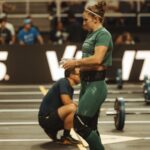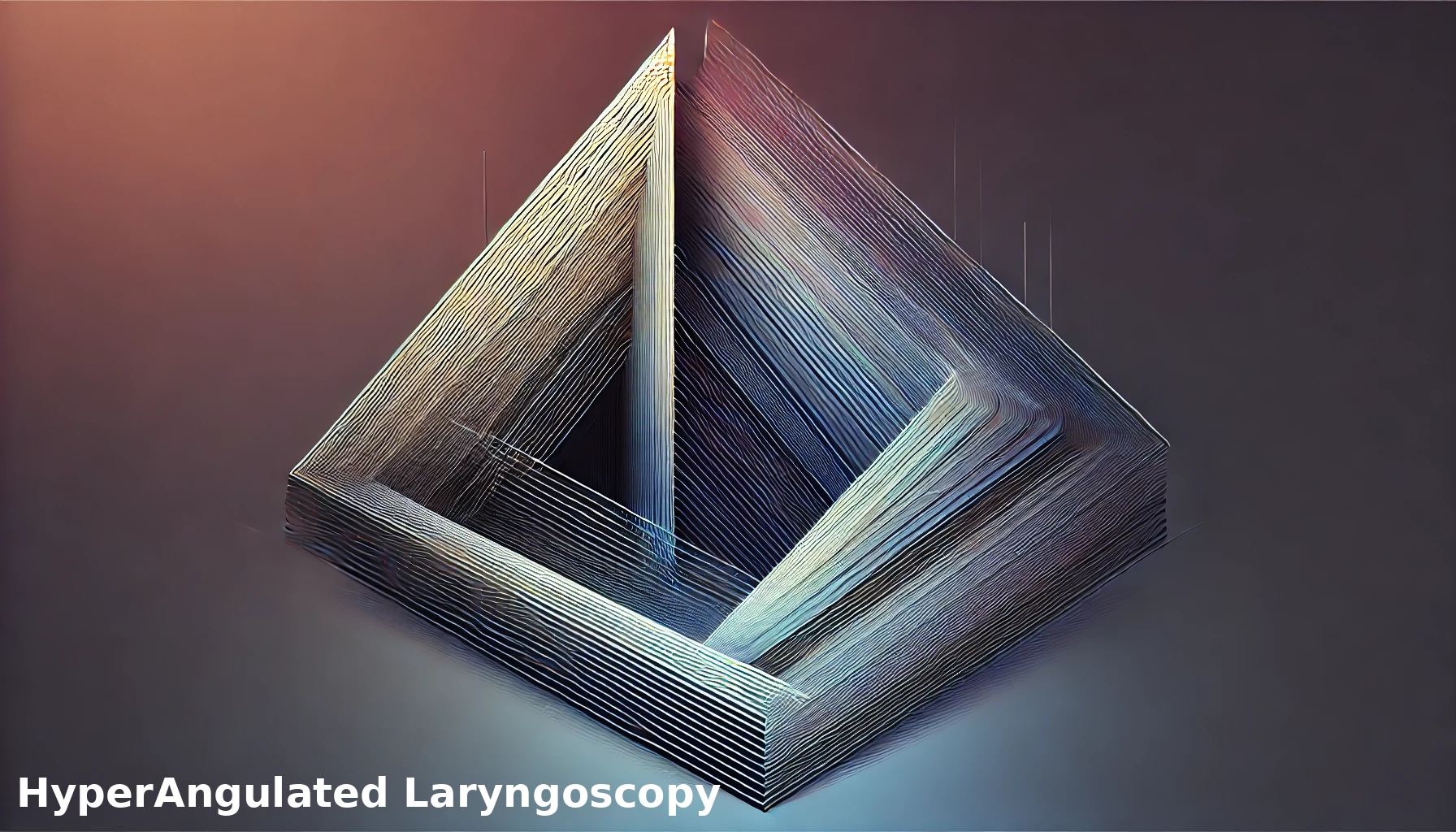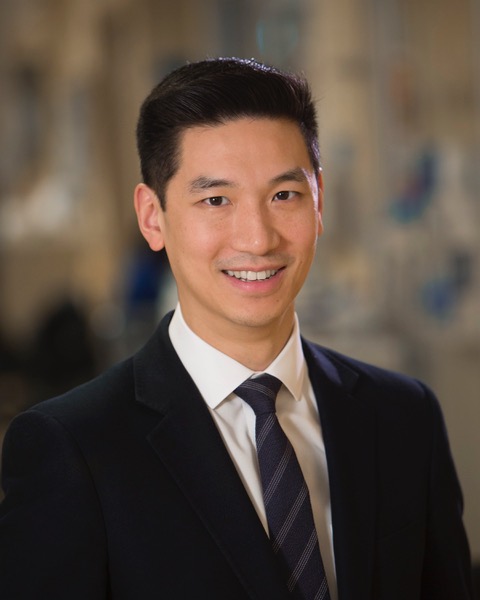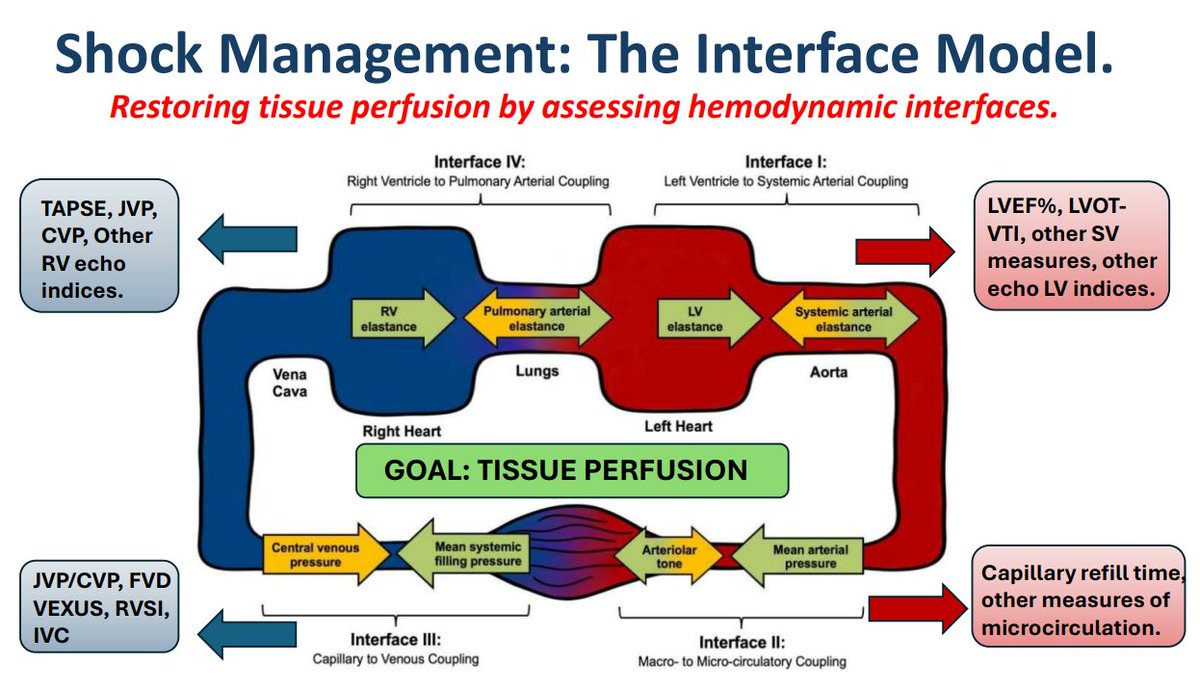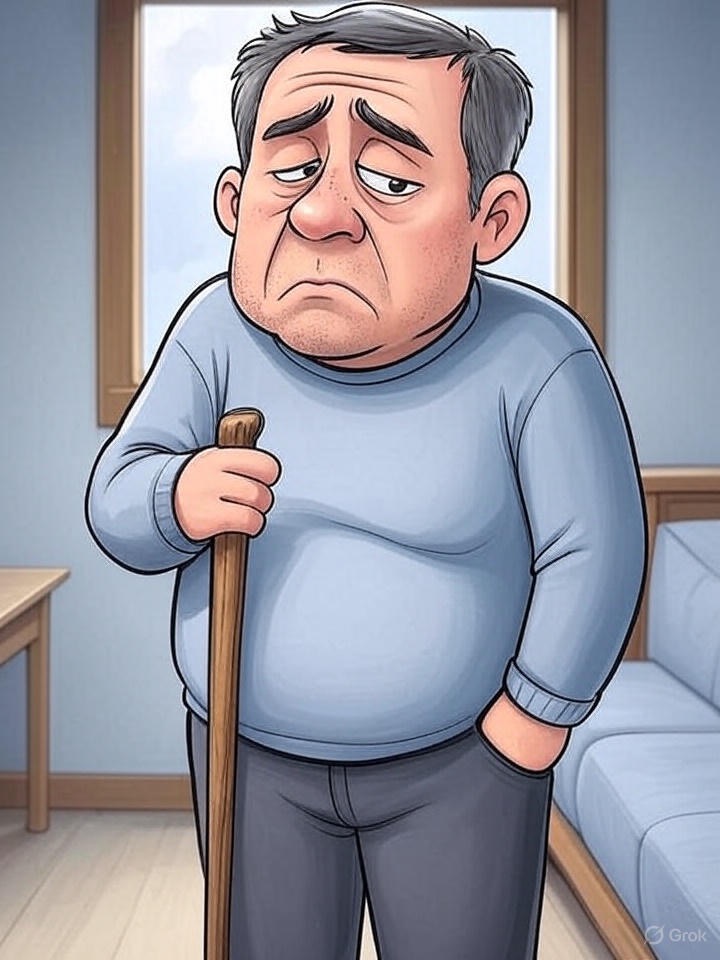Chrimes and Cooper on Hyperangulated Video Laryngoscopy
- Nick Chrimes-Australian Anesthesiologist, Creator of Vortex
- Professor Richard Cooper-Canadian Professor of Anesthesiology in Toronto, CA
Preparation
Pt can be lower than for standard geometry laryngoscopy / Stand Up Straight
Still Sternal Line/Face Plane, unless you are having trouble getting the blade in the mouth, in which case you can put the patient in a more neutral position (or just rotate the blade 90 until you are few inches in to the mouth)
Lube stylet if you using the rigid gliderite or a non-slick malleable stylet
Lube top of blade
Dr. Cooper defaults to a 3-blade in most patients with the GlideScope (only tall patients may need the longer blade)
Tube shaping
Stylet only the distal 1/3 matches the laryngoscope
Droopy J
Gliderite has distal portion bent to 70 degrees. Bend starts 8-10 cm from tip

If using a malleable, make sure to give yourself a thumb tab to pop the top
Malleable i comparable to commercial rigid [10.15441/ceem.15.038]
Blade Insertion
- Lube the top of the blade so easy slide along the tongue without pushing it back
- With SG, we seat in valeculla and then lift the entire head. With HA, we need to merely rotate and insert into valeculla until bottom portion (distal aspect) of the blade is parallel to the floor
- Center all structures
- Lift up only slightly to move the tongue base out of the camera’s field of vision. No rotation of the blade, just elevation.
- Hug the tongue rather than the posterior pharynx
- May want to do bimanual SALAD suction first
Mouth-Screen-Mouth-Screen
The View
If the distal blade is parallel to the ground on a glidescope, this will not be a problem .If you over-rotate, then your view will fill the whole screen but you will have a very tough time placing the tube (can’t see location of the tip of the tube and you are actually blocking the inlet)
Only 1/3-1/2 of the screen should be the larynx
If you see the cricoid ring, you have over-rotated
If you go in too far, de-rotate rather than pulling back
How to Hold the Tube
Palm-Up Technique from the Protected Airway Collaborative
Jonathan St. George MD
palm facing ceiling
let the styletted tube hang between your 3rd and 4th fingers the rotate your grip so the tube is held with 2nd and 3rd finger anterior, 4th and 5th finger posterior and thumb just under stylet protrusion
I have only my 5th finger behind
How to Hold the Tube from Chrimes, Airwaves#3
Tube Insertion
- Styletted Tube parallel and right next to the blade (not directly under blade)
- Stay on the tongue/blade not the post. pharynx
- (Cooper Maneuver–Get Between, Below, and Before–then lift with the slightest rotation)
- Get right near glottis about 1-2 cm away–lift and slight tilt
- Pulling up along the axis of the stylet with a 10-20 degree angulation-do not bend backwards towards upper teeth as you will be stopped and it will impact the anterior trach wall
- Pop the stylet till you can see the ball–pop the top
- Advance the tube until cuff is just past the cords
- Remove stylet by rotation towards the feet. can hold tube against the handle to avoid an assistant pulling straight up and pulling out tube
Cooper Maneuver

Full Procedure from Nick Chrimes, Airwaves #3
Other Maneuvers
Maneuver for Can’t Advance once past the glottis
‘s Tube Dance
Tube rotation as you remove the stylet
from Schoettker, P [10.1097/EJA.0000000000000134]
Reverse Load the Tube
Inch it on with Rigid
Insert fully and then bend the opposite direction with malleable

Head Lift
Have an assistant lift the head up with a hand under occipit or flex the head
Can’t Get Blade and Tube into Mouth / Limited Mouth Opening
Insert Tube First from Chrimes, Airwaves #3
Floppy Epiglottis
Just treat the blade as a miller (See the Kovacs’ Kata)
Use it for NGT
Insert HA blade until you see the uvula
Pass and see the NGT tip
Put blade behind the ETT (you are lifting the tube out of the way of your vision)
From Chrimes, Airwaves # 3
Bougie
The Paper
Used Frova bougie
HA Intubation with Steerable Tip Bougie
Question from a Listener
Hi,
Fan of the show. EM attending 2 years out of residency.
Re: the recent bougie episode. We had a visiting air-way guru in residency encourage us to try bougie with hyperangulated blades… and I just assumed that is what everyone did – I wasn’t reading the fine print on these bougie papers. We simply didnt have standard geometry VL at my residency at that time. So for myself and most of my cohort- 80-90% of our ED intubations were done VL hyperangulated.
Now as an attending I have access to standard angle VL blades. Why switch over now? Certainly the learning curve will hurt my first pass rate on anatomically difficult patients. The only good reason I can think of is to maintain DL skills for peds airways; I say this because anecdotally peds hyperangulated VL equipment seems to be trash. I have seen numerous ER docs and anesthesiologists fumble with peds hyperangulated stylets only to abandon VL equipment entirely for DL.
Interested to hear any other arguments you may have against hyperangulated VL blades.
-Jack
Additional Chrimes Vid on Resus.Me
More on EMCrit
Additional Resources
You Need an EMCrit Membership to see this content. Login here if you already have one.


